
Filter News
Area of Research
- (-) Computational Engineering (1)
- (-) National Security (14)
- (-) Neutron Science (79)
- Advanced Manufacturing (9)
- Biological Systems (1)
- Biology and Environment (79)
- Building Technologies (2)
- Computational Biology (2)
- Computer Science (5)
- Energy Science (60)
- Energy Sciences (1)
- Fusion and Fission (19)
- Fusion Energy (10)
- Isotopes (9)
- Materials (57)
- Materials for Computing (12)
- Nuclear Science and Technology (30)
- Nuclear Systems Modeling, Simulation and Validation (1)
- Quantum information Science (1)
- Supercomputing (59)
- Transportation Systems (1)
News Type
News Topics
- (-) Big Data (8)
- (-) Biology (6)
- (-) Biomedical (11)
- (-) Materials Science (11)
- (-) Neutron Science (77)
- (-) Nuclear Energy (4)
- (-) Quantum Computing (1)
- (-) Space Exploration (2)
- 3-D Printing/Advanced Manufacturing (4)
- Artificial Intelligence (12)
- Bioenergy (6)
- Biotechnology (1)
- Buildings (1)
- Chemical Sciences (3)
- Clean Water (3)
- Computer Science (20)
- Coronavirus (7)
- Cybersecurity (9)
- Energy Storage (5)
- Environment (9)
- Fossil Energy (1)
- Grid (5)
- High-Performance Computing (4)
- Hydropower (1)
- Machine Learning (12)
- Materials (9)
- Mathematics (2)
- Microscopy (2)
- Nanotechnology (4)
- National Security (23)
- Partnerships (1)
- Physics (2)
- Polymers (1)
- Quantum Science (3)
- Security (6)
- Simulation (1)
- Summit (3)
- Transportation (3)
Media Contacts

At the Department of Energy’s Oak Ridge National Laboratory, scientists use artificial intelligence, or AI, to accelerate the discovery and development of materials for energy and information technologies.

From Denmark to Japan, the UK, France, and Sweden, physicist Ken Andersen has worked at neutron sources around the world. With significant contributions to neutron scattering and the scientific community, he’s now serving in his most important role yet.
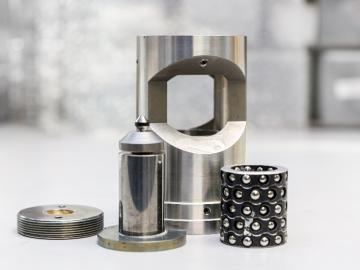
Researchers at Oak Ridge National Laboratory’s Spallation Neutron Source have developed a diamond anvil pressure cell that will enable high-pressure science currently not possible at any other neutron source in the world.
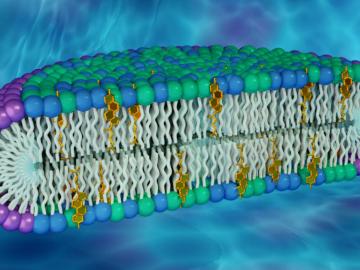
Researchers believe that proteins could behave differently in lipid raft environments, compared to non-raft regions in a membrane, but this hypothesis has not been fully evaluated. One reason is that membrane models used to study membrane proteins rarely contain rafts.
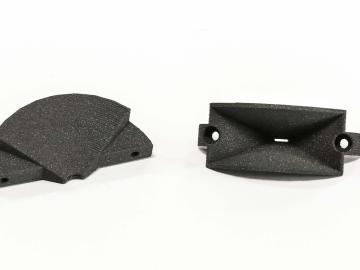
The ExOne Company, the global leader in industrial sand and metal 3D printers using binder jetting technology, announced it has reached a commercial license agreement with Oak Ridge National Laboratory to 3D print parts in aluminum-infiltrated boron carbide.

Pauling’s Rules is the standard model used to describe atomic arrangements in ordered materials. Neutron scattering experiments at Oak Ridge National Laboratory confirmed this approach can also be used to describe highly disordered materials.
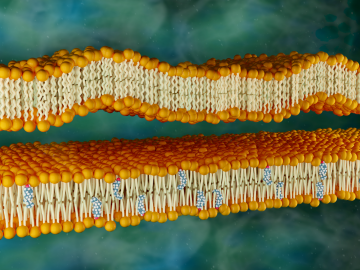
Neutron scattering at ORNL has shown that cholesterol stiffens simple lipid membranes, a finding that may help us better understand the functioning of human cells.

A team of researchers led by Vanderbilt University has recently shed light on how membrane proteins could be influenced by the lipids around them. By developing a novel type of membrane model, the scientists were able to show that the shape and behavior of a protein can be altered by exposure to different lipid compositions.

Pick your poison. It can be deadly for good reasons such as protecting crops from harmful insects or fighting parasite infection as medicine — or for evil as a weapon for bioterrorism. Or, in extremely diluted amounts, it can be used to enhance beauty.
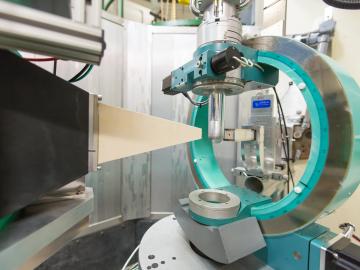
A UCLA-led team that discovered the first intrinsic ferromagnetic topological insulator – a quantum material that could revolutionize next-generation electronics – used neutrons at Oak Ridge National Laboratory to help verify their finding.


